This year, Vision China 2018 partnered with Airdoc to showcase the power of artificial intelligence in a live competition. One team consisted of five expert ophthalmologists while the other consisted of five non-eye doctors assisted by Airdoc’s AI software. The hundreds of doctors in the audience were randomly assigned to the ophthalmologist team or the AI team. Both teams were given retinal images and diagnosed conditions in real time.
This activity shows that AI can assist doctors across departments. Endocrinologists, who are not eye experts, can now diagnose their patients’ eye diseases directly without seeking assistance from the ophthalmology department.

An exhilarating competition between two strong teams
The judges of the event were the Chairman of the Vision China conference, Professor Jia Qu of Wenzhou Medical University Zhejiang Eye Hospital; Professor Shibo Tang of Aier Eye Hospital Group; AI expert Professor Jiang Liu of Cixi Institute of BioMedical Engineering of the Chinese Academy of Sciences; Professor Tieying Liu of the Massachusetts Department of Health and Human Services; and Professor Xi Jin of the Medical Professional Committee of the Chinese Association for Artificial Intelligence.
The ophthalmologist team was led by Professor Mingwei Zhao of Peking University People’s Hospital. The four members were Xiaojuan Zhao of Beijing Aerospace General Hospital; Zequan Xu of Pingyao Kangming Eye Hospital; Zheng Zhang of Beijing Meier Eye Hospital; and Zhe Yuan of The First Hospital of China Medical University.
The leader of the AI team was Professor Feng Chen of Wenzhou Medical University. The team members included Yahui Wei of Peking University First Hospital; Jie Zhao of Beijing Meier Eye Hospital; Mingming Sun of Affiliated Zhongshan Hospital of Dalian University; and Da Teng of People’s Liberation Army General Hospital.

Human-machine collaboration helping doctors open the door to the future
Under the direction of host Yiming Fang, the two teams and the hundreds of ophthalmologists in the audience began the competition. Everyone was given ten images of common eye conditions to diagnose within thirty minutes. There is no standard answer for each image. Instead, Professor Tang and the judges scored the two teams based on the answers provided by the audience.
As the competition began, the AI team took the lead and won the first point. Under the leadership of Professor Zhao, the ophthalmologist team pushed forward and immediately tied the score. As the competition progressed, the AI team members became familiar with using the AI program. In the ninth question, all members of the two teams chose Stage Two Diabetic Retinopathy. For the tenth question, the answers were once again all the same. In the end, the ophthalmologist team received seven points and won the first round.
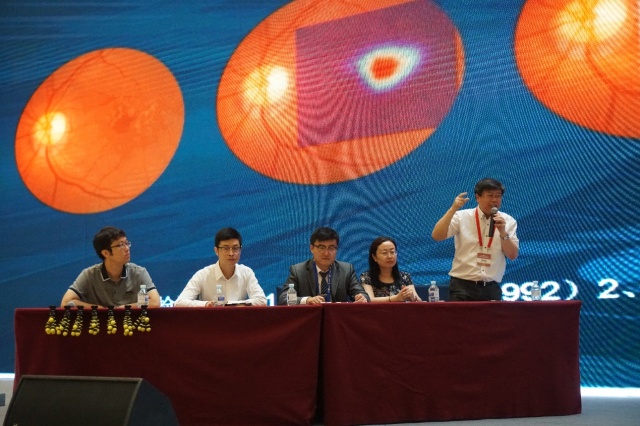
(The ophthalmologist team winning the first round)
The two team leaders, Professor Zhao and Professor Chen, both expressed their views on artificial intelligence. As a healthcare expert, Professor Zhao gave AI his endorsement. Professor Chen pointed out that AI can quickly give supplementary advice, which is extremely helpful for non-eye doctors.
A Fierce Competition Involving Hundreds of Ophthalmologists
After an exciting first round, the second round called Chase the Wind and Lighting sent the audience to the edge of their seats. The two sides were given thirty retina images to diagnose as quickly as possible.
As the competition began, the audience members also started to quickly answer questions. Hundreds of ophthalmologists pushing to victory was a shocking scene.

(Doctors answering in the audience)
Artificial intelligence, which is known for its speed, has a natural advantage in this segment. With computer assistance, the AI team interpreted the thirty images in just three minutes with an accuracy rate of 91%, easily winning the round. At the same time, the doctors in the audience also showed some results: six ophthalmologists easily stood out from the rest.
Although artificial intelligence won this round, retina images are only a part a doctor’s diagnosis, and other aspects such as patient medical history must be considered. Healthcare AI is still in its infancy, full of hope and potential, but at the same time needing improvement and assistance from doctors.

(The judges presenting awards to the two teams)

(The judges presenting awards to excellent doctors in the audience)
Crossing Departments and Helping Endocrinologists
Eyes are not only the window to the soul – they are also the window to the body. Diagnosing eye conditions gives doctors insight into the patient’s overall health.
There are more than 100 million diabetic patients in China. Diabetic retinopathy (vision loss due to poor control of diabetes) is the most common complication. Clinical guidelines require diabetic patients to get retinal images taken to determine if they are getting diabetic retinopathy. Endocrinologists generally do not possess the skill to diagnose diabetic retinopathy, so they must consult an ophthalmologist. However, the ophthalmology department tends to be slow, so most diabetics do not monitor their retinal health.
Late-stage diabetic retinopathy can cause repeated vitreous hemorrhage and even retinal detachment, eventually leading to blindness. At this stage, it is difficult to improve the patient’s condition and treatment is almost impossible. Late-stage patients cannot recover.
The AI algorithm provided by Airdoc, a leading medical AI enterprise, can accurately identify a variety of systemic chronic diseases and common retinal diseases. The algorithm was developed using millions of retinal images. Possible applications of the AI program include helping ophthalmologists make diagnoses faster and more accurately and allowing non-eye doctors to provide diagnoses. China’s rural regions lack proper medical service, so this technology would allow rural doctors to provide eye care. Airdoc’s program has already been used in domestic medical institutions and out-of-hospital eyecare institutions such as Baodao Glasses.
Artificial intelligence can help solve many of China’s healthcare problems. Human-computer collaboration allows non-eye doctors to quickly and accurately interpret diabetic retinopathy severity, so Airdoc’s chronic disease recognition algorithm is being used in Chinese endocrinology departments. Airdoc has partnered with the National Metabolic Management Center (MMC) to bring this technology further.
Join Hands with General PractitionersLaunch a New Era of AI Medicine Together
As Professor Qu stated, the number of medical experts in China is limited. Artificial intelligence gives young doctors the ability of experts. However, the humans are still the most important piece of the puzzle. We should open our hearts and embrace new things. Digital photos replaced film. Computers do not have emotions and are not afraid of fatigue, so they can serve us very well.
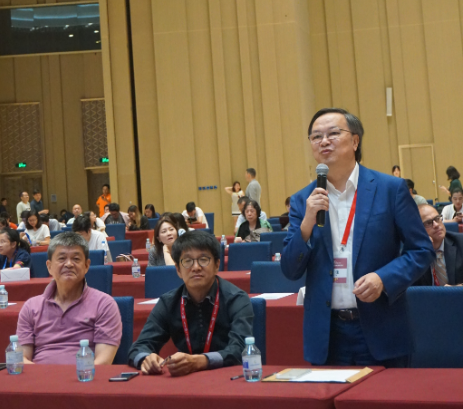
(Professor Jia Qu expressing his thoughts on AI)
In China, there is a huge imbalance in the allocation of medical resources between rural areas and cities. Reducing and eliminating these imbalances is an important goal for the government, society, and related institutions.
This year, the State Council of China issued “Opinions on Reforming and Perfecting the Training and Use of General Practitioners.” By 2020, the nation intends to have 2-3 qualified general practitioners per 10,000 residents in urban and rural areas. By 2030, there will be 5 qualified general practitioners per 10,000 inhabitants in urban and rural areas, and the general practitioner team should be able to meet China’s healthcare needs. The rapidly developing AI could be a powerful tool for achieving this goal.
In medicine today, doctors have the final say in decisions and their position cannot be shaken by the emergence of one or two new technologies. This human-computer collaboration activity has increased everyone’s understanding of artificial intelligence, and the AI’s competition results proves its capability. Let human doctors experience artificial intelligence and the power of collaboration. AI will play an increasingly important role in balancing medical resources, reducing the workload of front-line doctors, and improving the medical advice of general practitioners.

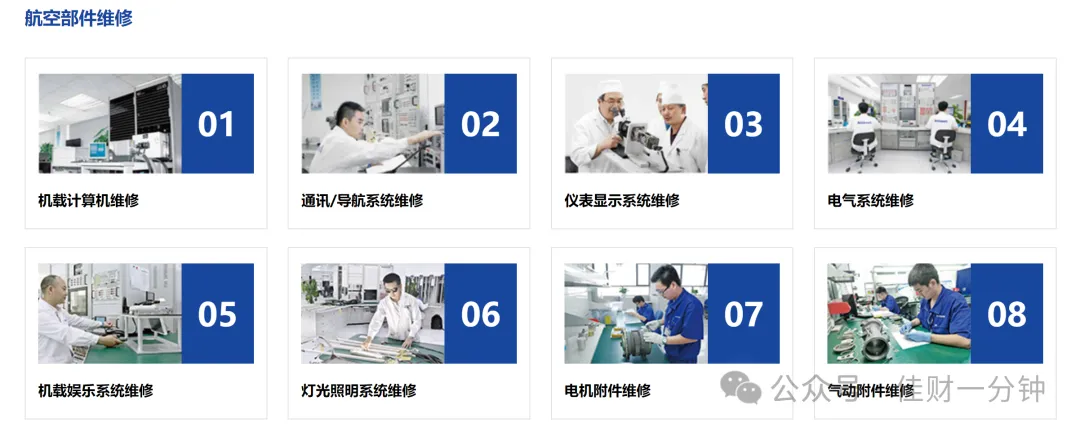
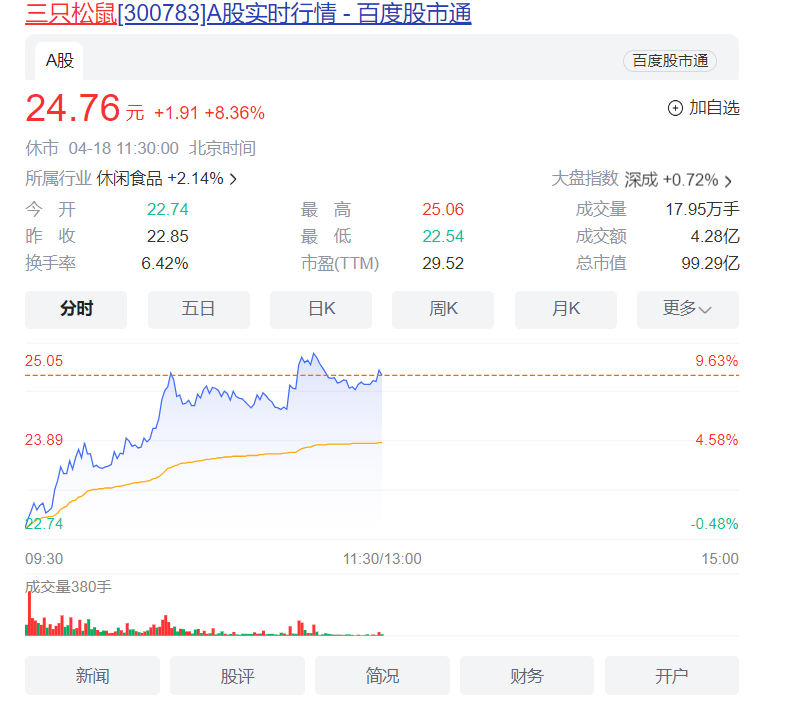
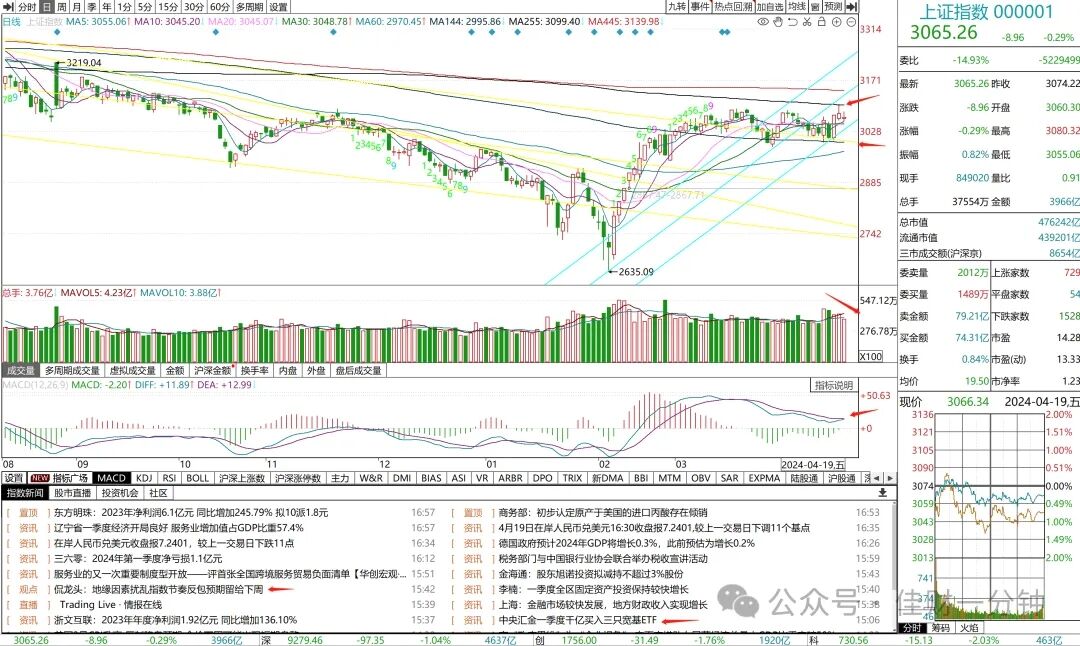



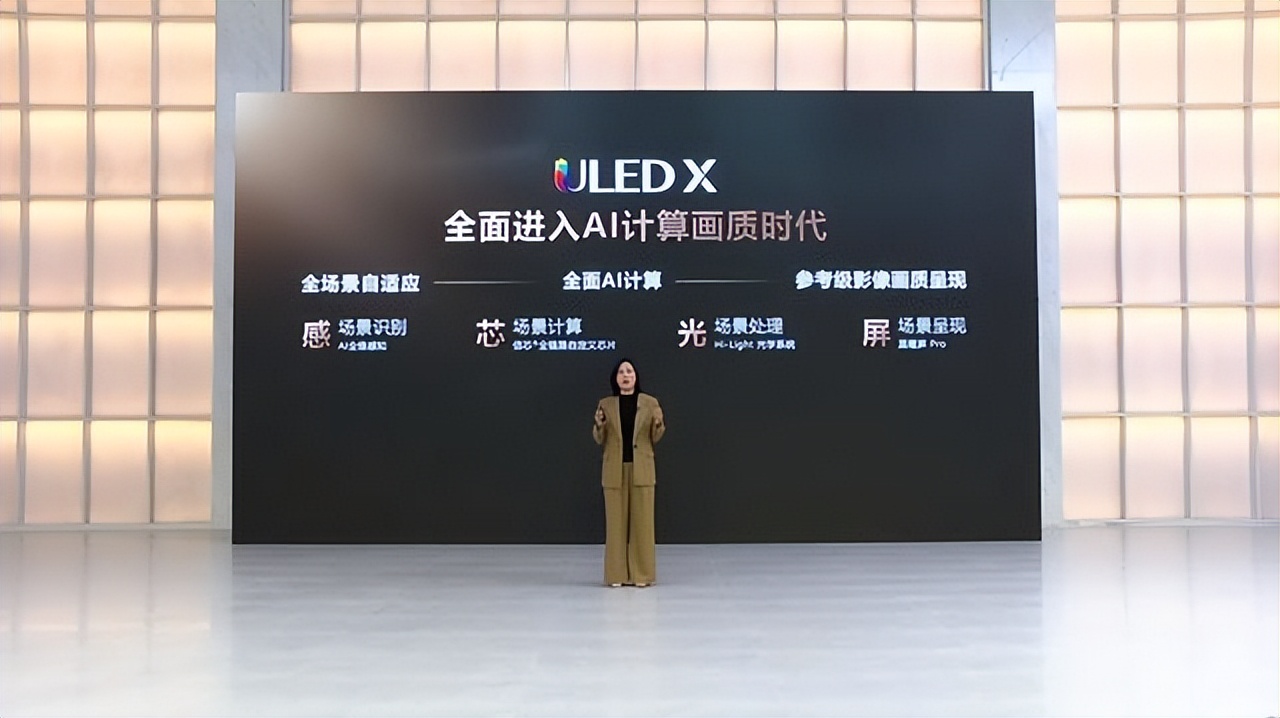





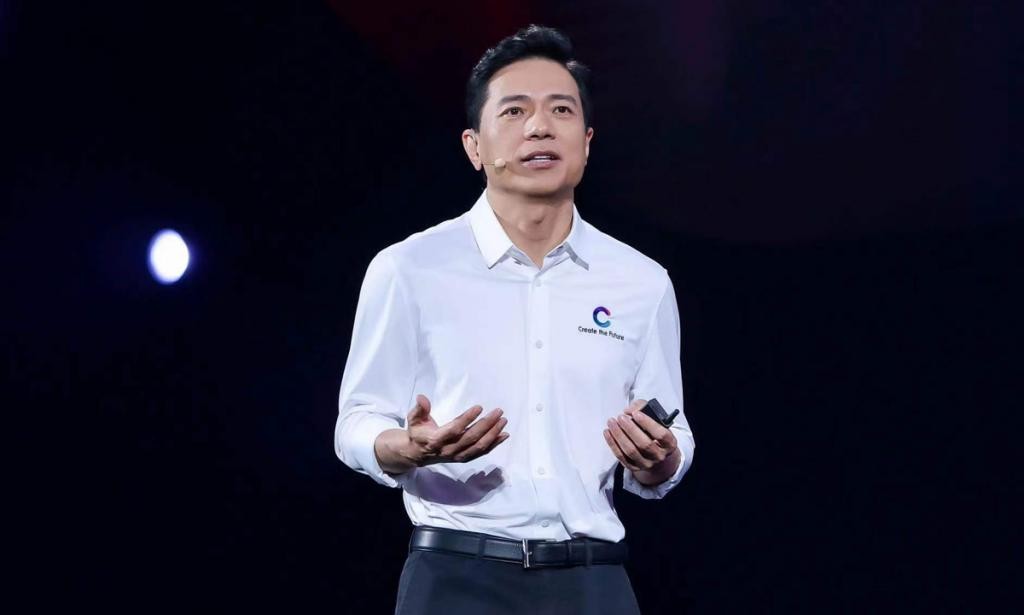



 加载中,请稍侯......
加载中,请稍侯......